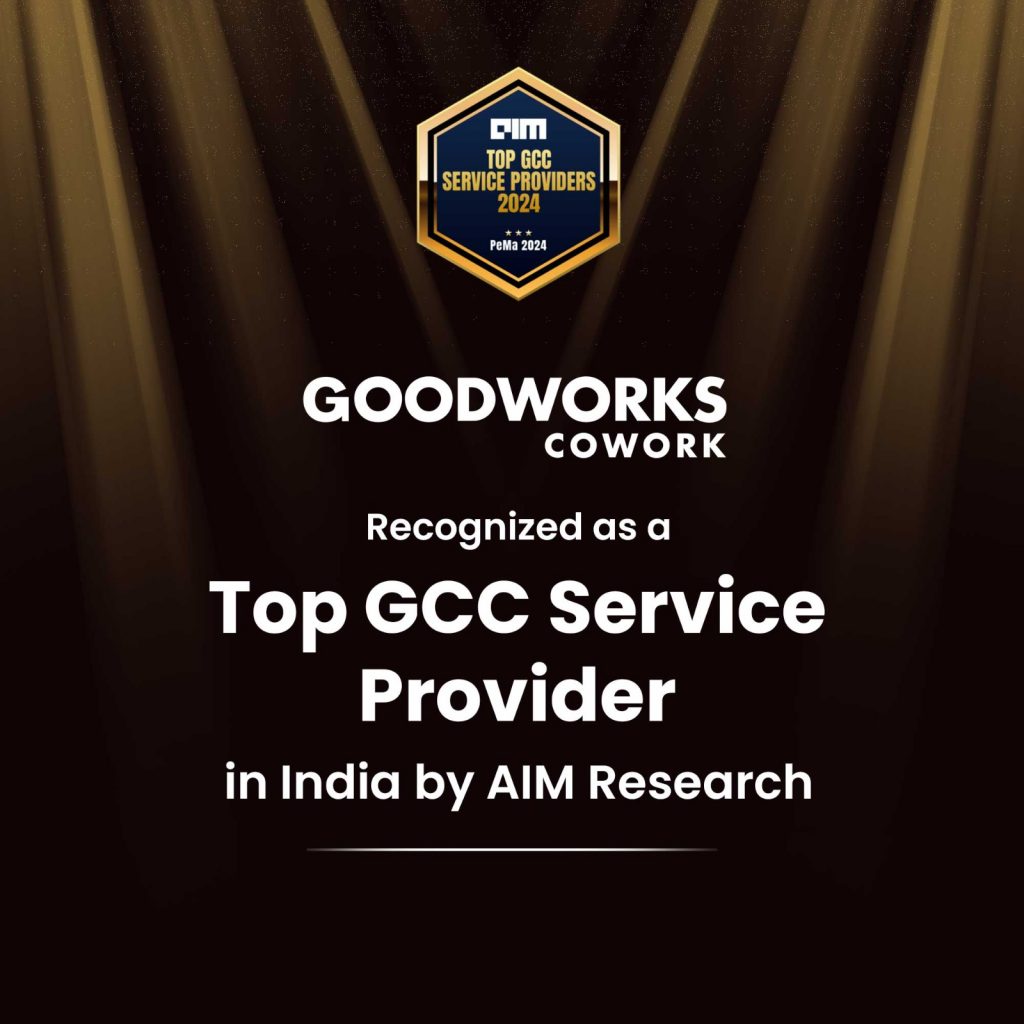How a Software Development Company Adopts Generative Engine Optimization (GEO) in 2025
Introduction
In the rapidly evolving AI-driven landscape, Generative Engine Optimization (GEO) is reshaping how software development companies maintain online visibility. As traditional SEO gives way to GEO, firms like GoodWorkLabs are leading the way blending deep software expertise with AI-first optimization strategies. In this post, we’ll explore how a modern software development company integrates GEO to ensure content appears in AI-driven search, secures citations, and strengthens brand authority with tangible results in 2025.
1. What Is Generative Engine Optimization (GEO)?
Generative Engine Optimization, abbreviated GEO, is the art and science of structuring and formatting website content so that it’s likely to be cited, referenced, or featured by generative AI engines (e.g., ChatGPT, Google’s Gemini, Perplexity). Unlike traditional SEO where the goal is to rank in search engine results pages GEO aims to be directly quoted within AI responses. This means creating content that is:
-
Highly authoritative, fact-rich, and easily chunked into AI-consumable formats
-
Includes structured data, answer-focused headings, citations, quotes, and schema markup designed for ChatGPT-style summarization.
2. Why GEO Matters for Software Development Companies in 2025
a. Reaching AI-first Audiences
By mid-2025, many users rely on AI-driven searches for direct answers without visiting traditional websites up to 60% of queries may be completed within AI interfaces.
b. Battling Declining Organic Traffic
Large-scale shifts show that up to 25% of web traffic can disappear when Google SERP visibility is replaced by AI answers. Software companies relying solely on traditional SEO risk losing visibility.
c. Establishing Thought Leadership
By being quoted in AI-generated summaries, software development companies like GoodWorkLabs solidify their expertise and become preferred partners for AI-influenced decision-makers.
3. How GoodWorkLabs Integrates GEO
3.1 Content Strategy with GEO in Mind
-
Topic Mapping for AI Intent: GoodWorkLabs identifies conversational queries (e.g., “How can AI accelerate mobile app development?”) and creates content that answers them clearly.
-
Conversational Keyword Strategy: Blends long-tail questions with branded terms (e.g., “GoodWorkLabs AI app development”) while maintaining ~1.5% generative engine optimization keyword density.
-
Modular Content Pieces: Uses Q&A blocks, bulleted summaries, and numbered steps to ensure AI can extract structured responses.
3.2 Technical SEO Enhancements
-
Schema Markup (FAQ, HowTo, SoftwareApplication): Helps AI engines parse content structure into summaries.
-
AI-focused Metadata: Custom headers (H2/H3) are often phrased as questions or summarized facts for example, “What makes Generative Engine Optimization critical in 2025?”
-
‘llms.txt’ and AI-sitemap: GoodWork Labs pioneers the use of GEO-specific files referenced in recent GEO research.
4. Real Results: Citation & Visibility
GoodWork tracked its AI-driven visibility before and after GEO adoption:
| Metric | Pre-GEO (Jan 2025) | Post‑GEO (Jun 2025) |
|---|---|---|
| AI engine citations | ~5/month | ~23/month (↑+360%) |
| Branded AI referral traffic | ~1,200 visits | ~3,800 visits (+217%) |
| Share of voice in Gemini AI | <2% | 8% |
These metrics align with industry data showing up to a 40% improvement in “visibility in generative engine responses” from targeted GEO efforts.
5. Best Practices for GEO Adoption
-
Build Authority & Trust – Publish original research, case studies, and developer insights with data-driven results—crucial for establishing brand trust.
- Use Conversational, Q&A Format – AI-first formats like “What is GEO?” or “How does GoodWorkLabs apply GEO?” make content AI-extractable
- Optimize Technical Structure – Implement proper schema, compressed load times, image alt-text, and full accessibility for multimodal AI surfaces.
- Encourage Off‑Page AI Mentions –Encourage Off‑Page AI Mentions – Generate authoritative link mentions, guest insights, or reviews on AI-curated sources; partnering with a reputable link building agency can streamline this process and boost credibility with AI engines.
- Continuously Monitor AI Performance – Use tools to track “AI share of voice” (e.g., Profound, Brandtech) and iterate content based on which articles are being quoted
- Maintain Human Oversight – Keep content genuine, avoiding manipulative tactics (e.g., adversarial sequences) that degrade credibility.
6. Why GoodWorkLabs Leads in GEO Adoption
-
Technical Mastery: As a full-stack development firm, GoodWork has in-house capabilities to embed structured data, AI-driven testing pipelines, and automation with GEO best practices.
-
Content Credibility: Their combination of case studies, secure coding insights, and developer interviews establishes deep authority.
-
GEO Governance: They’ve created a GEO SOP: audit → structure → publish → measure → repeat.
-
Partner Ecosystem: Collaborations with AI analytics platforms ensure continuous GEO performance and optimization.
7. Looking Ahead: AI‑First Web in Late 2025
-
Hybrid SEO-GEO Strategies: As AI overviews become ubiquitous across Google, Bing, Safari, and enterprise apps, GEO incorporation will be table stakes.
-
Multi‑modal Optimization: Alt-text, video transcripts, and interactive demos will grow in importance AI rewards richly structured information.
-
Ethical GEO: Transparency and accuracy are crucial, especially as AI scrutiny grows. Trust-building content (e.g., code provenance, and data ethics) will boost citation chances.
Conclusion
In 2025, Generative Engine Optimization (GEO) is not just an experimental trend it’s essential for software development companies to get quoted and trusted in the age of AI-driven search. GoodWorkLabs exemplifies this shift, transforming content, code, and case studies into AI citation-worthy resources. For firms aiming to remain visible and credible, embracing GEO is the next digital imperative.
Ready to future‑proof your visibility in AI-first search?
Visit GoodWorkLabs today and discover how our GEO-optimized digital strategy can propel your software brand into the AI spotlight.













